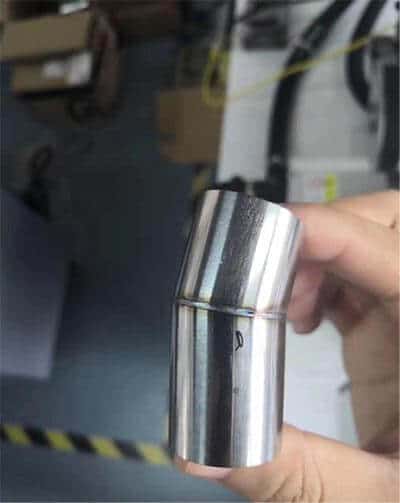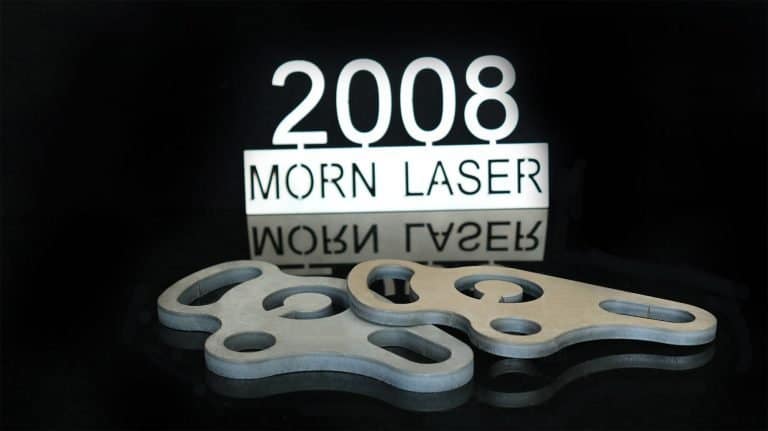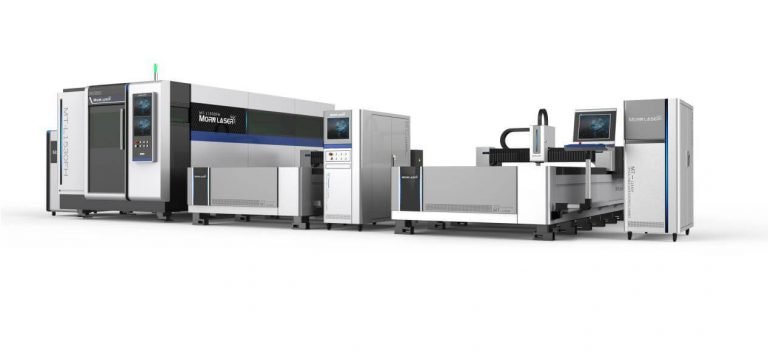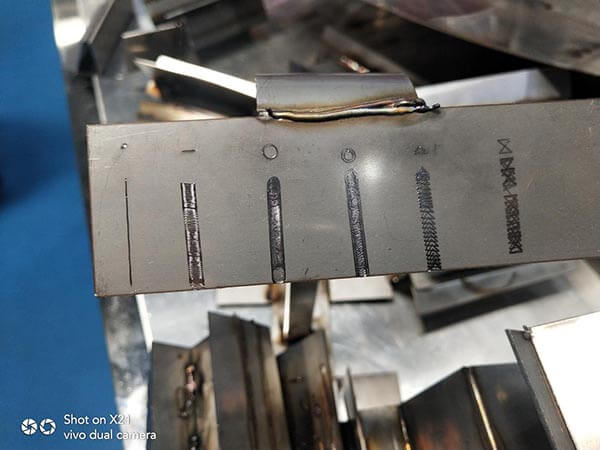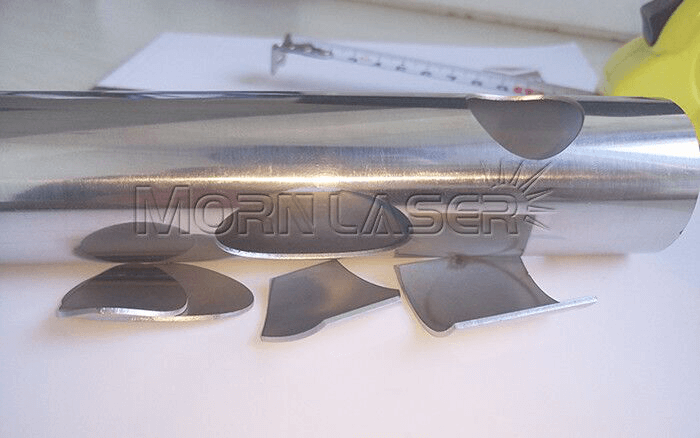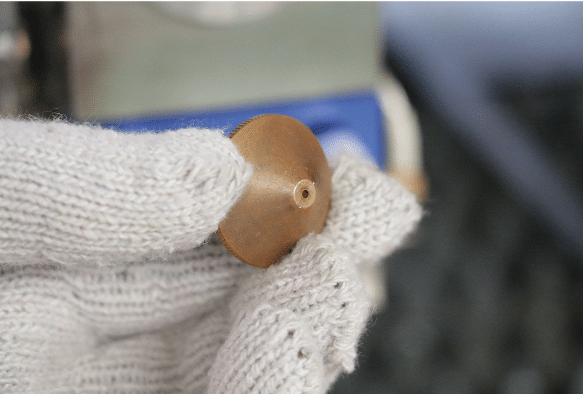With the emergence of the laser welding machine, we have another choice when purchasing a welding machine, but it also brings more problems. For laser welding machines, everyone may stay in the old welding process, so when choosing a welding machine, there is always no way to choose between the old welding machine and the laser welding machine.
The reason why people are so hesitant is that they don’t know enough about laser welding machines. Some people use laser welding machines to ask, “What is a laser welding machine? Which products can weld laser welding machines? What are the problems in the application industry of the laser welding machine?
Laser welding uses high-energy laser pulses to locally heat materials in small areas. The energy of laser radiation propagates into the material through heat, which melts the material to form a specific molten pool. It is a new welding method, which is mainly used for welding thin-walled material precision parts and can realize spot welding, butt welding, overlapping and sealing welding, etc. It has the advantages of small weld width, small heat-affected zone, small deformation, fast welding speed, smooth weld, high welding quality, precise control of precision, high positioning accuracy, and easy automation.
The laser welding machine is often called energy negative feedback laser welding machine laser cold welding machine laser argon welding machine laser welding equipment. With the continuous development of science and technology, traditional welding methods can not meet the special requirements of materials in many industrial technologies. Laser welding machines have the advantages of low bonding strength and wide heat affected zone, especially in many industries.
The industrial application of laser welding machine is as follows:
Bathroom industry: water pipe joints, tees, valves, shower welding.
Glasses industry: stainless steel, titanium alloy, and other material buckles, precision welding of outer frames, and other positions.
Hardware industry: Welding of complicated stamping parts and castings such as impellers, kettles, and handles.
Automobile industry: engine cylinder head gasket, hydraulic tappet seal welding, spark plug welding, filter welding, etc.
Medical industry: welding of stainless steel seals, medical instruments, medical instruments, and structural parts.
Electronic industry: solid-state relay sealing welding, connector welding, MP3, and other metal shells and structural parts. Welding of motor shell and wire, optical fiber connector, etc.
Household hardware: kitchen utensils, stainless steel door handles, electronic components, sensors, clocks, precision machinery, communications, handicrafts, and other industries, automotive hydraulic tappets, and other high-strength products.
Laser welding machines are used in almost all these industries. The advantages of laser welding machines are energy concentration, no pollution, small welding spot, a wide range of weldable materials, high applicability, high efficiency, and high-speed welding. At the same time, the following requirements also apply to laser welding.
1 product with requirements for welding seams
The products to be welded are welded by laser welding, which is not only small but also unnecessary.
2 highly automated products
In this case, the laser welding equipment can be programmed manually and the path is automatic.
3 products at room temperature or under special conditions
The welding can be stopped at room temperature or under special conditions, and the installation of laser welding equipment is simple. For example, if the laser passes through the electromagnetic field, the beam will not move; The laser can be welded in the vacuum of air and a certain gas environment and can be welded or transparent to the beam by the glass.
4 Some inaccessible parts need laser welding equipment
It can weld inaccessible parts, realize non-contact long-distance welding, and has high sensitivity. Especially in recent years, YAG laser processing technology adopts optical fiber transmission technology, which makes laser welding technology more popular and applied.

